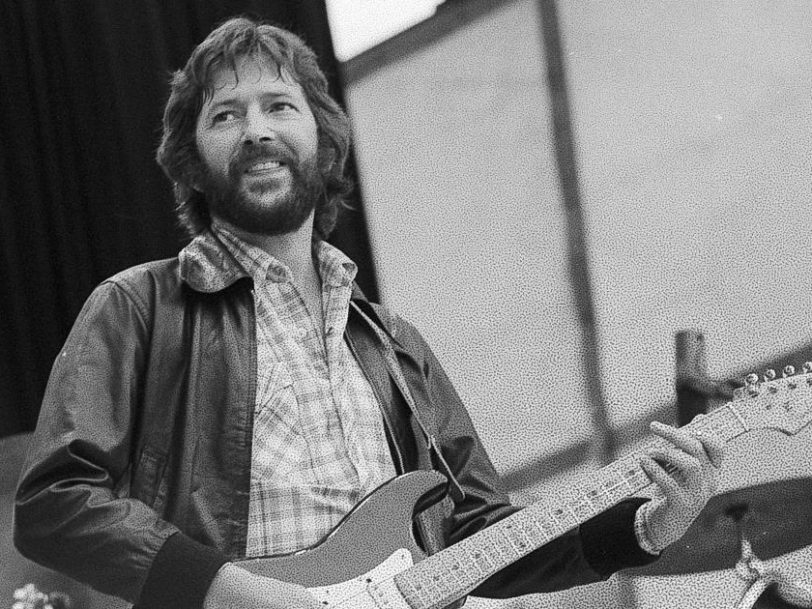Eric Patrick Clapton made his name in the 60s as part of three of the decade’s most iconic bands – The Yardbirds, Cream and Blind Faith. After entering the 70s with the no less influential Derek And The Dominos, whose sole studio album, Layla And Other Assorted Love Songs, remains a blues-rock touchstone, Clapton embarked on a phenomenal solo career. Moving to Reprise Records in the early 80s, he launched his own imprint, Duck Records, whose releases consolidated his reputation as one of the finest guitarists of the modern era.
Though he has often returned to his true love of the blues – recording tribute albums to his hero, Robert Johnson, and recording his own triumphant duet album with BB King – Clapton, who was born in Ripley, Surrey, on 30 March 1945, has recorded in an eclectic range of styles.
His success has been outstanding. Clapton has won 18 Grammy Awards and is the only three-time inductee into the Rock And Roll Hall Of Fame. In his solo career he has sold more than 280 million records worldwide, but his life has also been full of tragedy and drama. He has spoken openly about his alcohol- and drug-addiction problems, but also has also frequently shown he can transform difficult emotions into powerful music.
Here’s an album-by-album guide to Eric Clapton’s Reprise years: all 15 studio albums reviewed, with a must-hear song highlight.
Listen to the best of Eric Clapton here, and check out his Reprise albums, below.
‘Money And Cigarettes’ (1983)
Renowned studio engineer Tom Dowd, who co-produced Money And Cigarettes with Clapton, believed that the musician needed some fresh musical backing for his eighth solo album and first for Reprise Records. Though guitarist Albert Lee was retained, several of Clapton’s long-term band members – including keyboardist Gary Brooker and drummer Henry Spinetti – were replaced by hired session musicians such as Stax Records veteran bassist Donald “Duck” Dunn and Muscle Shoals drummer Roger Hawkins.
Dowd and Clapton also brought in the peerless slide guitar player Ry Cooder. Clapton and Cooder gelled well on Money And Cigarettes, especially on the slick opening track, a version of Sleepy John Estes’ Everybody Oughta Make A Change. Clapton, newly sober when the album was cut in Nassau, Bahamas, in late 1982, wrote six songs for the record, including the catchy Man Overboard. He also scored a US hit with the single I’ve Got A Rock’n’Roll Heart, co-written by Troy Seals, Eddie Setser and Steve Diamond.
Money And Cigarettes was a commercial success for Clapton, selling well in the US and throughout Europe.
Must hear: Pretty Girl




